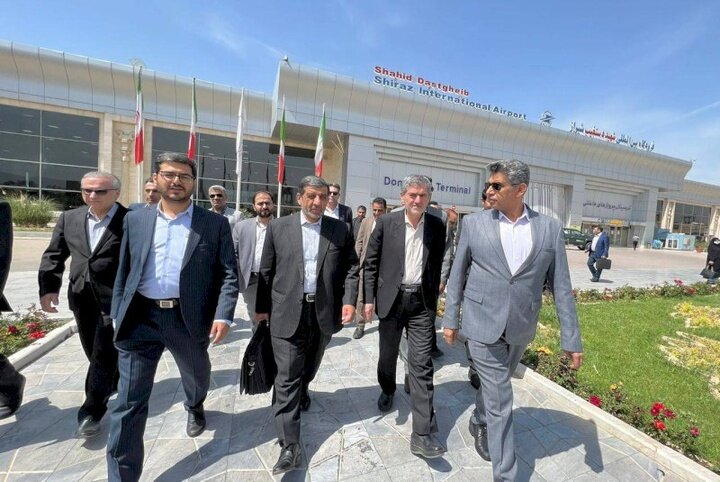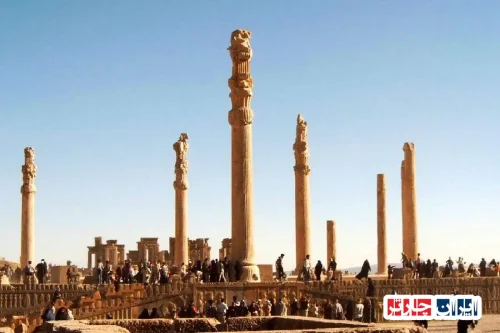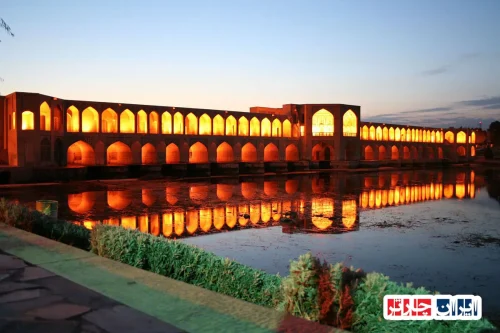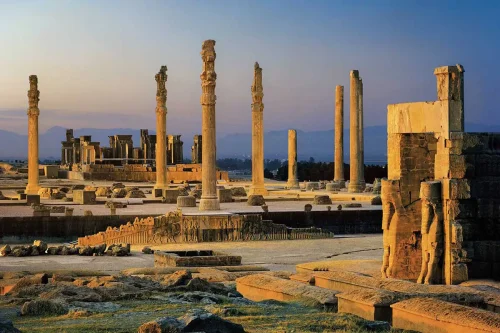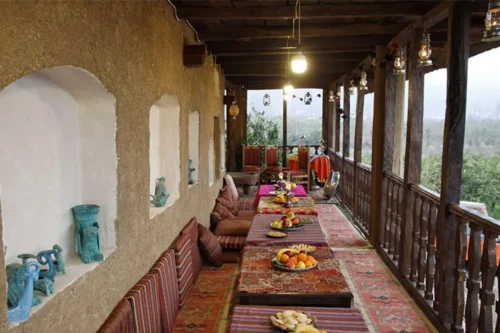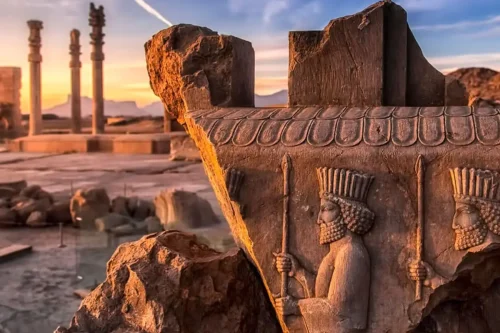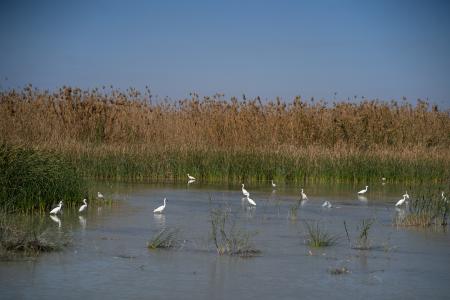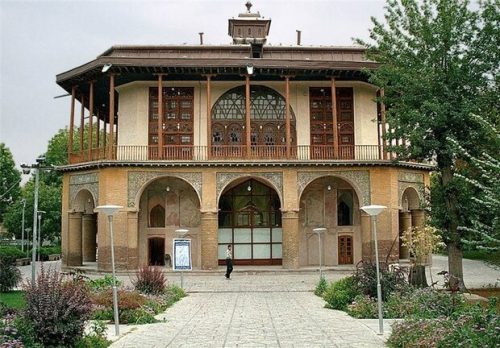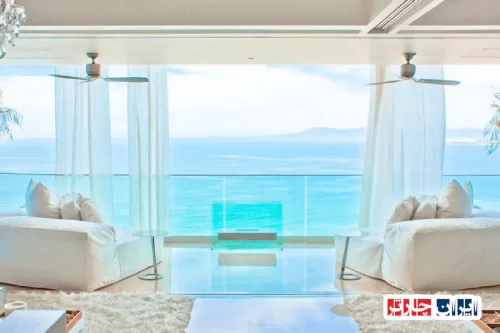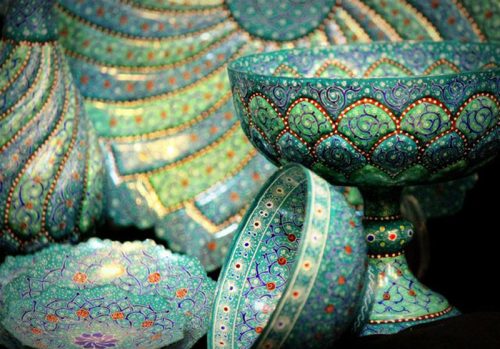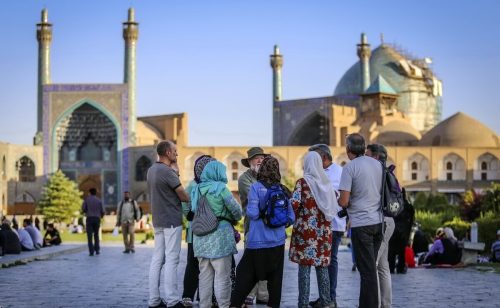News Source : https://www.mehrnews.com/news/6294402/%D8%A7%D8%B2-%D8%AB%D8%A8%D8%AA-%D9%85%D9%84%DB%8C-%D9%85%D8%A7%D8%B4%DB%8C%D9%86-%D8%AF%D9%88%D8%AF%DB%8C-%D8%AA%D8%A7-%D8%B3%D9%81%D8%B1-%D9%88%D8%B2%DB%8C%D8%B1-%D9%85%DB%8C%D8%B1%D8%A7%D8%AB-%D9%81%D8%B1%D9%87%D9%86%DA%AF%DB%8C-%D8%A8%D9%87-%D8%A8%D8%A7%DA%A9%D9%88
From the National Registration of the Smoke Machine to the Cultural Heritage Minister’s Trip to Baku
This week has seen significant events in the field of cultural heritage and tourism. The national registration of the smoke machine, considered one of the historical symbols of modern transportation in Iran, has been conducted meticulously with the cooperation of relevant organizations. This event signifies the country’s special attention to preserving and enhancing its cultural heritage. In addition, the minister of cultural heritage in his recent trip to Baku has initiated efforts to strengthen cultural and tourism cooperation between the two countries. This trip, with the presence of senior representatives from both countries and holding numerous meetings, sets the stage for promising joint projects in the near future.
Additionally, archaeological reviews in Abu Musa have brought significant results and have shed more light on the cultural history of the region. The importance of these events not only pertains to the preservation and maintenance of historical artifacts but also significantly aids in promoting Iran’s tourism status at an international level.
National Registration Process of “Machine Doodi” in Iran
The national registration of “Machine Doodi” in Iran is one of the most significant actions in preserving and enhancing the country’s cultural heritage. This initiative, conducted in collaboration with relevant organizations and under the supervision of the Ministry of Cultural Heritage, demonstrates Iran’s commitment to protecting historical artifacts. “Machine Doodi,” as a symbol of modern transportation in the past era, is now registered nationally, thereby transferring its historical and cultural value to future generations.
The Importance of “Machine Doodi” as a Historical Symbol of Transportation
Not only was “Machine Doodi” a mode of transportation, but it also symbolized industrial progress and social changes in Iran. Its national registration highlights its importance as part of the country’s transportation history and assists visitors and history enthusiasts in discovering Iran’s past innovations.
The Cultural Heritage Minister’s Visit to Baku: Goals and Achievements
The Cultural Heritage Minister’s visit to Baku aimed to strengthen cultural and tourism cooperation between Iran and Azerbaijan. This visit, accompanied by senior representatives from both countries, paved the way for joint projects and knowledge exchange related to cultural heritage. The trip’s achievements included meetings and workshops that enhanced the quality of preserving and maintaining historical artifacts.
Enhancing Cultural Cooperation between Iran and Azerbaijan
One of the primary objectives of the Cultural Heritage Minister’s visit to Baku was to enhance cultural cooperation between the two countries. This encompasses joint projects in the restoration and maintenance of historical buildings, exchange of experts, and establishing a robust network to support shared cultural heritage. These efforts not only assist in preserving historical artifacts but also boost cultural tourism in both nations.
The Role of Archaeological Surveys in Abu Musa in Promoting Heritage
Archaeological surveys in Abu Musa have played a crucial role in elucidating the region’s cultural history, from the national registration of “Machine Doodi” to the Cultural Heritage Minister’s visit to Baku. These investigations, through the discovery of new artifacts and thorough analysis of pottery products, have provided valuable insights into different historical periods of the region, which can be used in future planning for preserving and promoting cultural heritage.
The Impact of National Registration of Historical Contexts on Tourism
The national registration of historical contexts, such as “Machine Doodi,” not only assists in preserving these artifacts but also has a significant impact on the tourism industry. Domestic and international tourists visiting these historical sites gain a cultural and educational experience, contributing to elevating Iran’s tourism standing on an international level.
Event of Fire Near the Chancellor’s House: Reactions and Outcomes
This week, a fire event near the Chancellor’s House, recently registered as a national historical building, grabbed significant attention. Quick response from firefighting forces and actions by operators led to the extinguishment of the fire, preventing further damage. This incident highlights the importance of care and maintenance of historical buildings to avert similar occurrences.
Technical Executive System Regulation for Historical Buildings
The newly approved Technical Executive System Regulation for historical buildings and structures has brought substantial changes to the technical system framework for the protection and restoration of Iran’s historical structures. By emphasizing the distinction between conservation and restoration projects and construction projects, new standards have been set for executing projects related to cultural heritage, aiding in the improvement of the quality and efficiency of these projects.
Future Joint Programs Related to National Registration and Minister’s Visit
In light of the successes achieved from the national registration of “Machine Doodi” to the Cultural Heritage Minister’s visit to Baku, future joint programs have been outlined. These programs include projects to restore historical buildings, create joint research centers, and exchange scholars, which can further strengthen cultural and tourism ties between Iran and Baku.
Frequently Asked Questions
- What is the significance of the national registration of the Machine Doodi station?
- The Machine Doodi station in Tehran, one of the five Machine Doodi stations in old Tehran, is recognized as part of the history of urban rail transport development and the transformation of transport from traditional to modern, registered as number 34260 in the national heritage list.
- What happened during the fire near the Chancellor’s House?
- The building next to the national heritage-listed Imam Jomeh building, recently opened as the Chancellor’s House, caught fire. Fortunately, the building was not damaged, and only soot settled on the plaster and structure, which was promptly cleaned.
- Why did the Minister of Cultural Heritage travel to Baku?
- The Minister of Cultural Heritage traveled with the Deputy of Tourism to attend the first Ministers of Tourism Meeting on Climate Actions in Tourism at the ‘COP 29’ conference in Baku.
- What changes does the technical and executive system regulation for historical buildings bring?
- This regulation transforms the government’s technical executive infrastructure in the construction sector, specifically tailored for protection, revival, conservation, and utilization projects of historical buildings and textures.
- What plans and actions fall under the new technical executive system regulation for historical buildings?
- All protective, revival, conservation, and utilization plans and actions of historical buildings and textures, along with special historical textures projects, fall under this exclusive system.
- What new appointments have been made in the Ministry of Cultural Heritage?
- Vahid Ali Qardashi has been appointed as the Director of the World Heritage Railway Site in Iran, and Farhad Azizi as the acting head of the Ministry’s Public Relations and Information Department.
- What role does Vahid Ali Qardashi hold in the Ministry of Cultural Heritage?
- Vahid Ali Qardashi is appointed as the Director of the World Heritage Railway Site in Iran.
- What is Farhad Azizi’s responsibility in the Ministry of Cultural Heritage?
- Farhad Azizi is appointed as the acting head of the Ministry’s Public Relations and Information Department.
- What plans does the Touring and Automobile Club have for the EMITT 2025 exhibition?
- The club has held a joint meeting to plan for participation in the EMITT Istanbul 2025 exhibition and has been tasked with organizing Iran’s pavilion at international tourism and handicraft exhibitions.
- Which international tourism and handicrafts exhibitions are included in the Touring and Automobile Club’s agenda?
- Exhibitions such as FITUR in Spain, ITB Berlin, Top Resa in France, EMITT in Turkey, ATM in the UAE, and similar exhibitions in the handicrafts sector.
- What is the importance of the national registration of the Machine Doodi station?
- This station represents the history of the development of urban railway and the transformation of transport from traditional to modern in Iran, and is considered one of the starting points of the railway industry history in the country.
- Will there be direct flights from Iraqi Kurdistan to Sanandaj?
- Yes, tourism officials from Iraqi Kurdistan are keen to establish direct flights to Sanandaj and from there to Kish to benefit from available recreational attractions.
- What are the expected benefits of establishing direct flights between Iraqi Kurdistan and Sanandaj?
- It aids in enjoying recreational attractions, medical and healthcare services in Iran, and increases economic and cultural interactions between the two regions.
- What archaeological sites have been surveyed in Abu Musa?
- Seven archaeological sites including prehistorical pottery workshops, nearby Halva Mountain, a central site with a cistern opening, and other sites with various potteries.
- Why is conducting archaeological work in Abu Musa challenging?
- Dense vegetation, military constructions, and harsh climate conditions are the main obstacles in conducting archaeology in Abu Musa.
- What achievements have resulted from the survey of archaeological sites in Abu Musa?
- Discovery of various prehistoric and Seljuk to Qajar period potteries, and finding specific potteries not classified as Islamic pottery.
- Why has the tourism market of Iraqi Kurdistan been less influenced by Iran so far?
- Due to Iranophobia and negative foreign media reports, along with the lack of optimal utilization of shared land borders despite a high-potential market.

